High Line timeline: a monograph on Diller Scofidio + Renfro and James Corner Field Operation's masterpiece

Providing not just a blueprint for urban regeneration since its completion in 2014, the High Line is held up as the quintessential example of working with what you have. It began life as a chunk of New York's West Side Line, a 19th century freight railway, abandoned for two decades and seemingly without purpose in a city emerging from a long period of economic stagnation. In 2004, a competition was held to explore ideas for bringing the elevated section of track back to life.
The winning scheme by Diller Scofidio + Renfro and James Corner Field Operations took a decade to bring to fruition, involving a carefully devised blend of architecture and planting that sought to emphasise the wilderness quality that had sprung up amongst the graffiti and retain as much of the hefty engineering structure as possible.
The High Line has been a triumphant success and this monograph mimics the project's horizontal slash across the urban landscape, with copious fold out pages that track the path, the plants, the process, the existing site and the state of the Line today. Written by the protagonists and charting the design process from first sketches to mature planting, it's the next best thing to walking the High Line yourself.
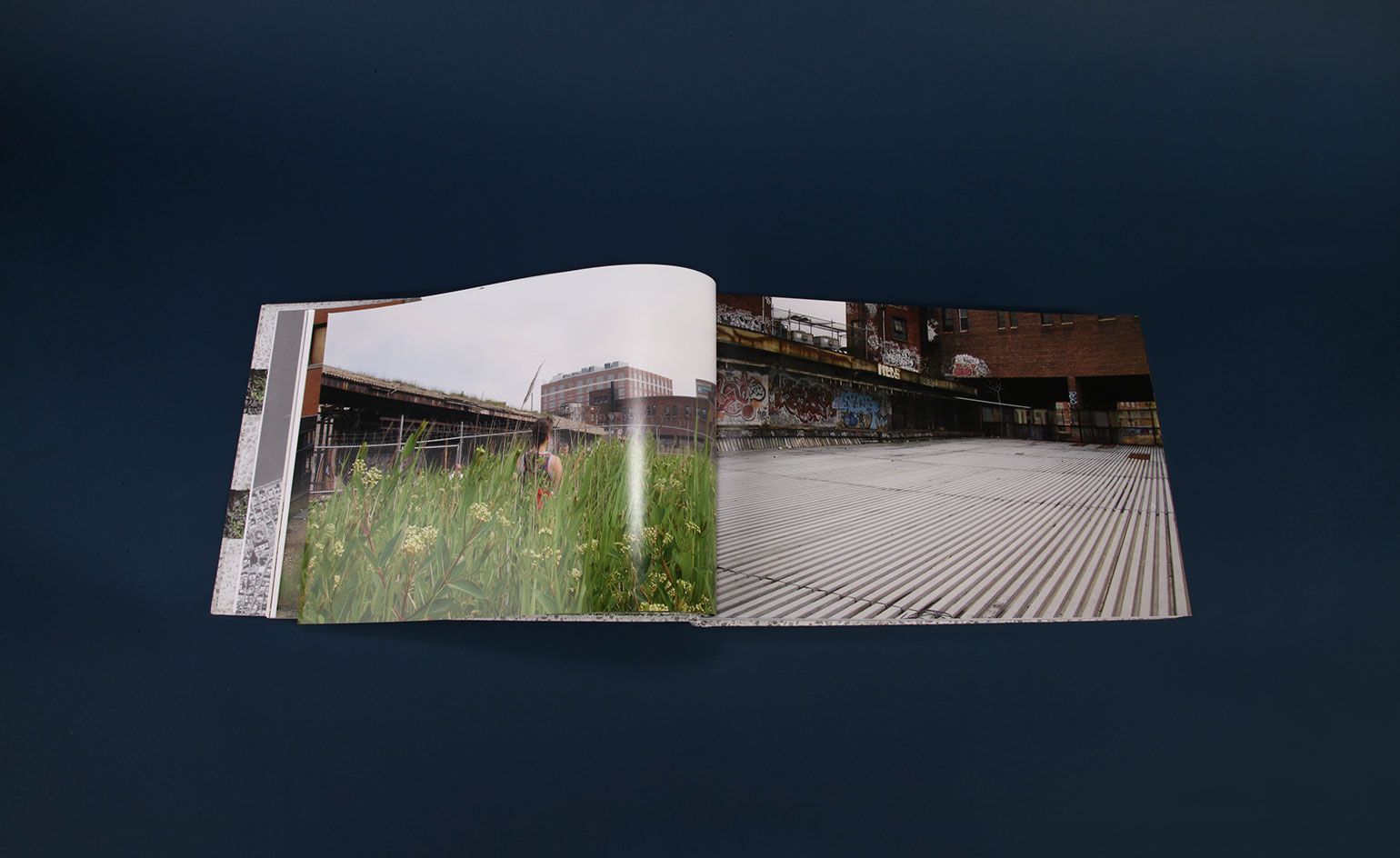
Narrated from the perspective of designers Diller Scofidio + Renfro and James Corner Field Operations, the book is a timeline of the full design process, from 2004 to the present day
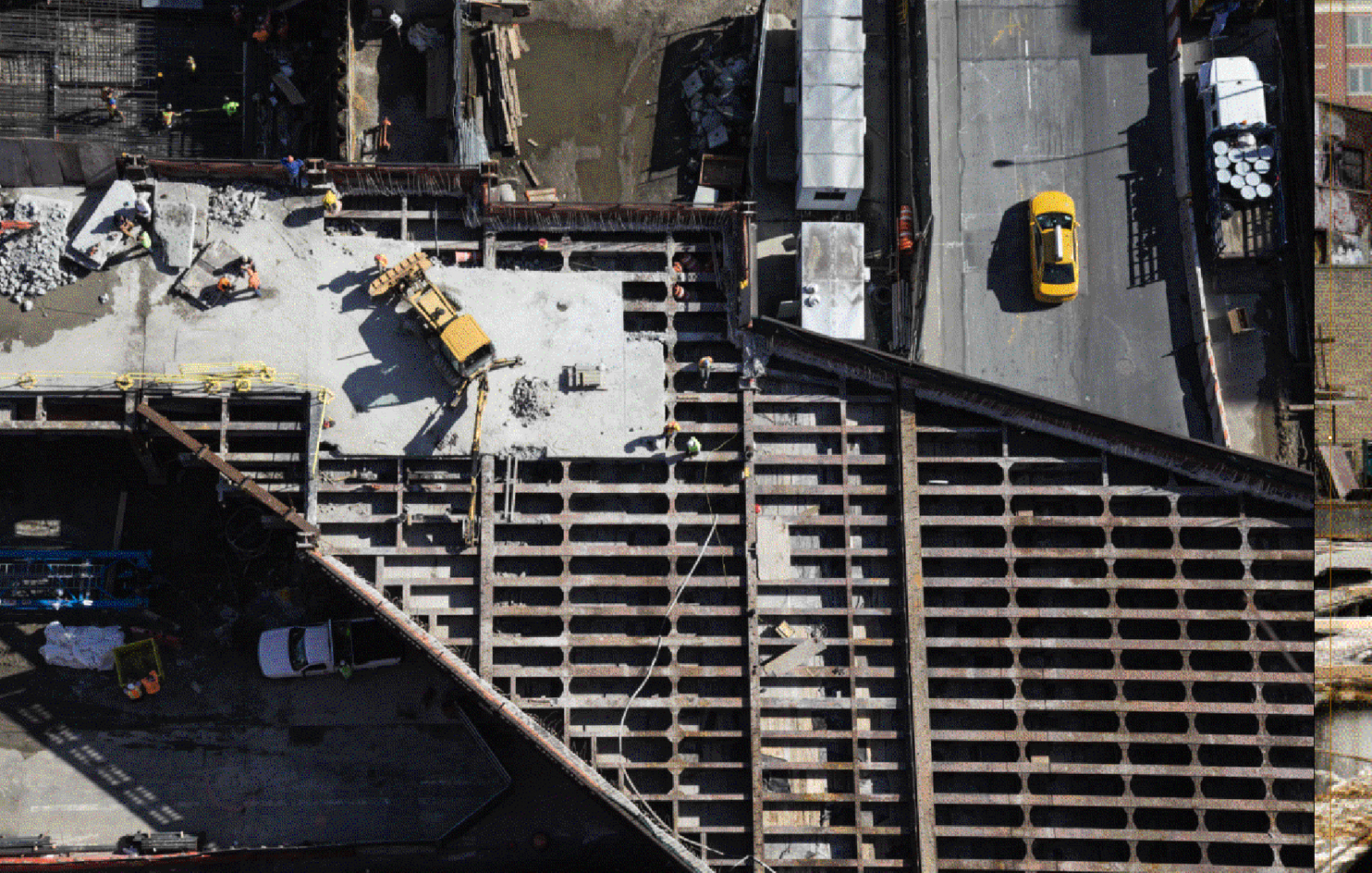
The original site preparation proceeded with structural steel and concrete repair, lead paint abatement and repainting.
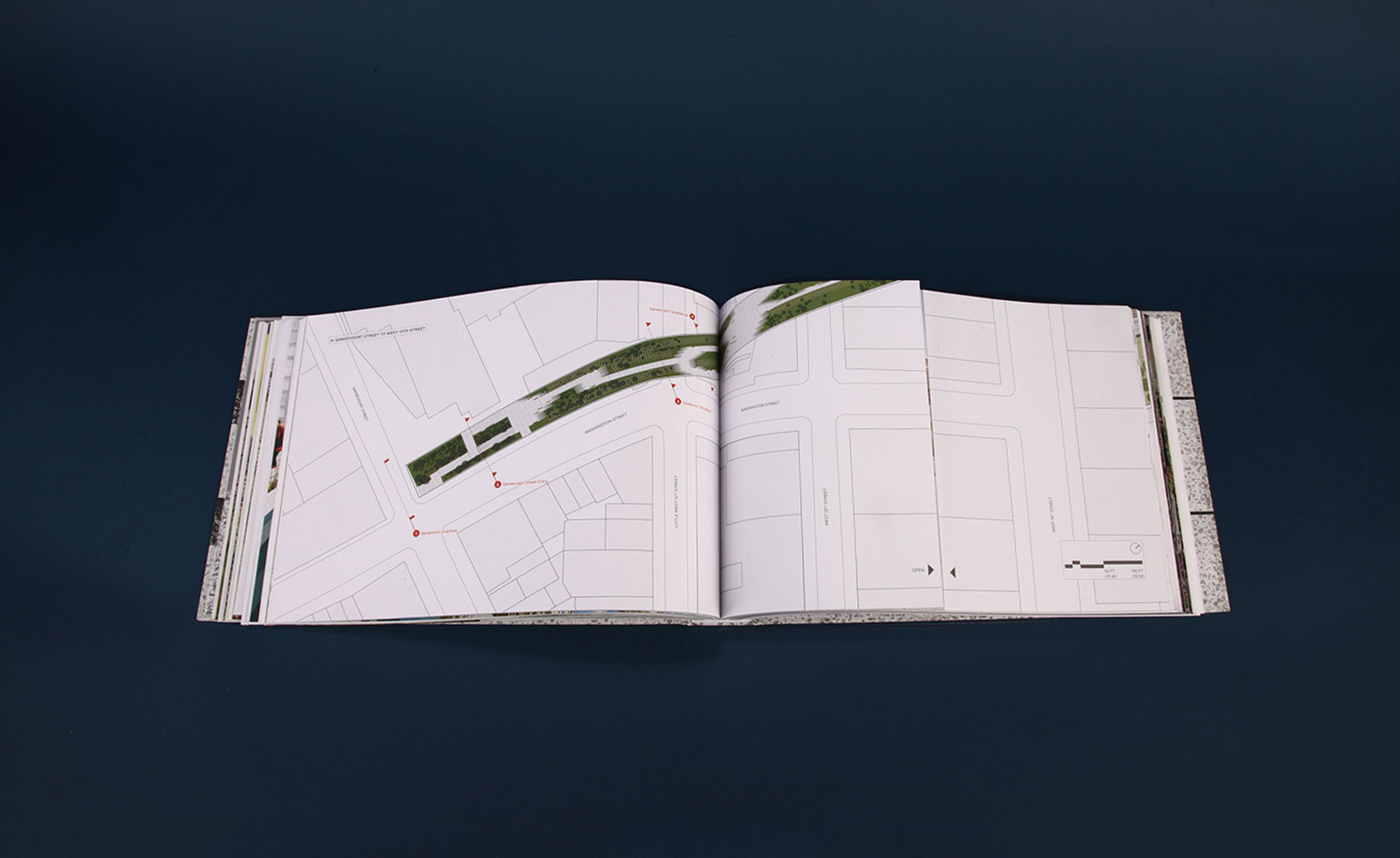
Schematic design started in 2005, in a collaboration between many of the stakeholders
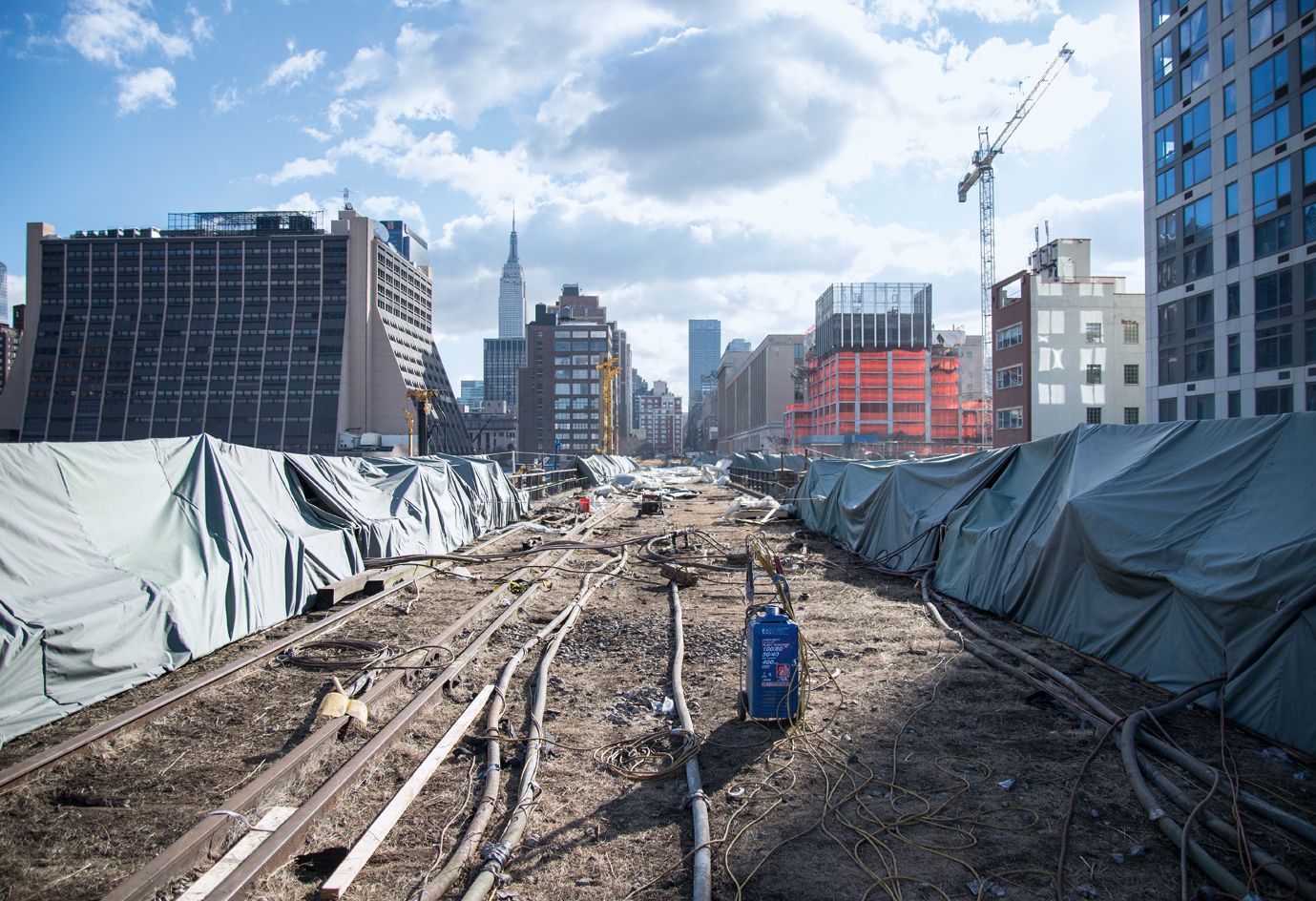
Construction on the conversion began in 2006, with each section of the rail track removed and tagged so that it could be returned later to its original location.
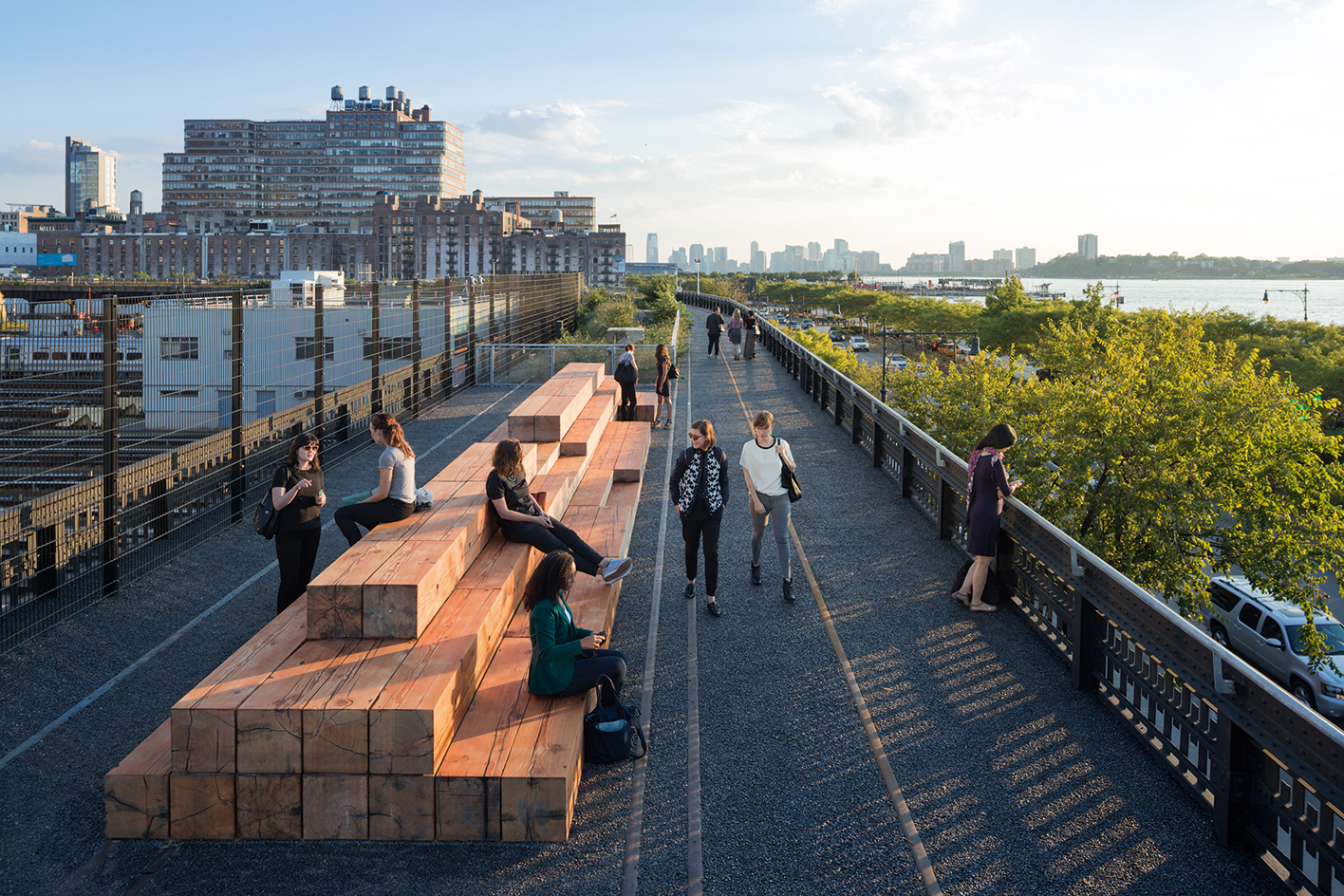
The design team developed a vision of a park, mapping out its qualitative underpinnings and conceptual framework.

Phaidon's publication contains in excess of 570 illustrations, alongside previously unpublished material such as the original design proposal and construction images

Copious fold out pages track the path, the plants, the process, the existing site and the state of the Line today...
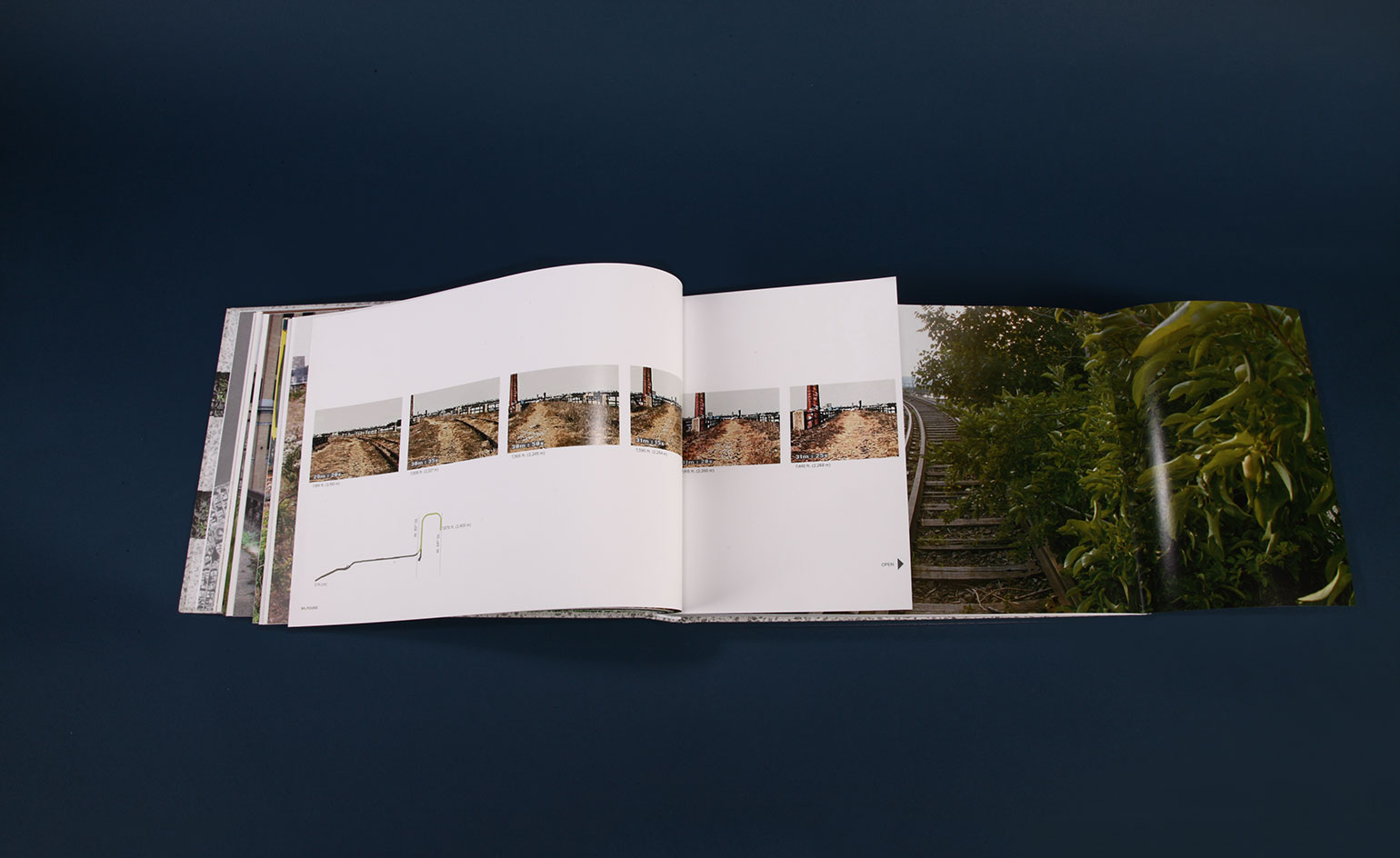
... from first sketches to mature planting and video stills

Planting beds were installed last: once the green roof system and engineered soil were in place, tens of thousands of plants were distributed.
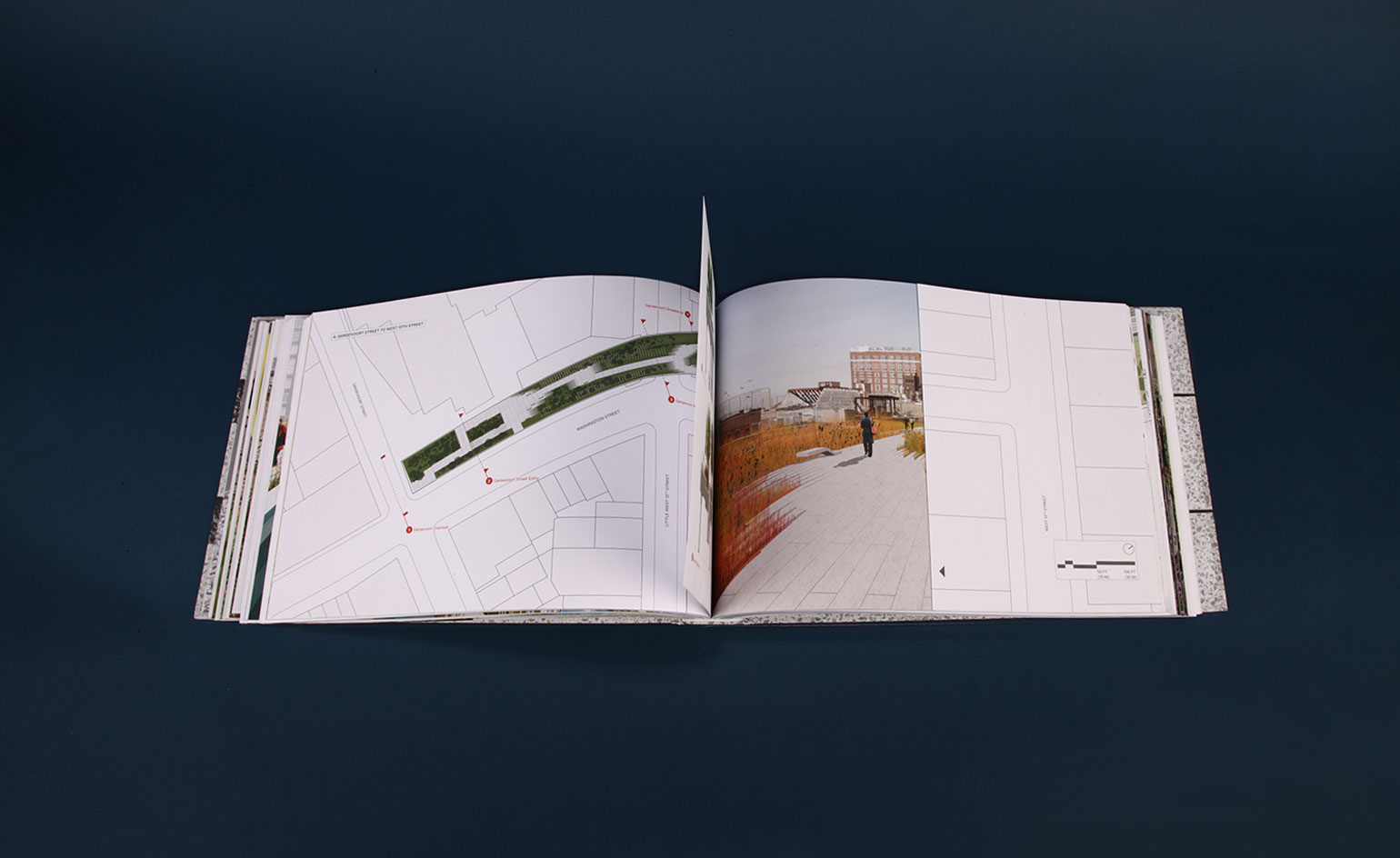
Pictured is the book's depiction of the Gansevoort Street to West 13th Street section, including woodlands and grasslands
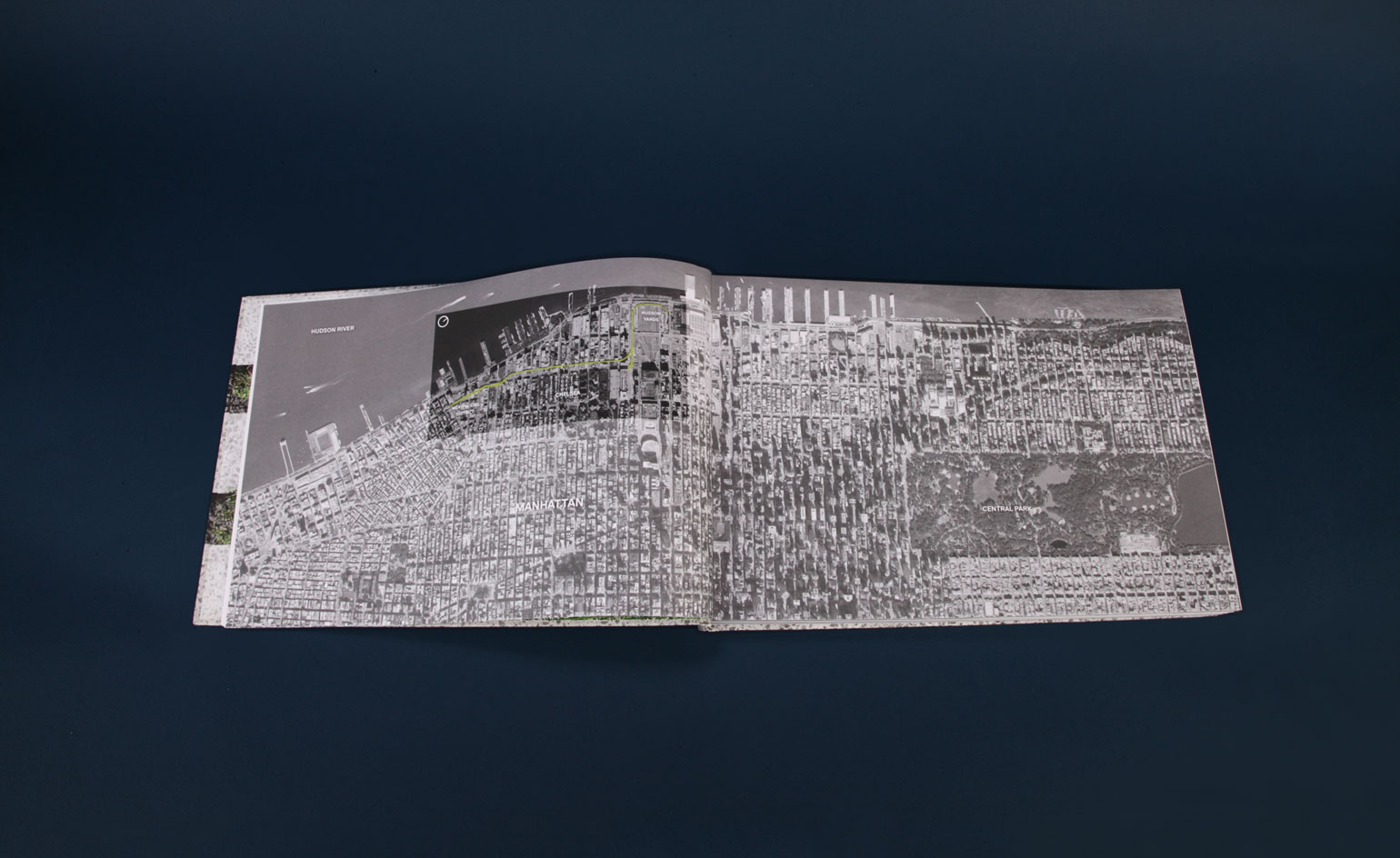
The publication is the next best thing to walking the High Line yourself
INFORMATION
The High Line, £49.95, published by Phaidon. For more information, visit James Corner Field Operations’ website
Receive our daily digest of inspiration, escapism and design stories from around the world direct to your inbox.
Jonathan Bell has written for Wallpaper* magazine since 1999, covering everything from architecture and transport design to books, tech and graphic design. He is now the magazine’s Transport and Technology Editor. Jonathan has written and edited 15 books, including Concept Car Design, 21st Century House, and The New Modern House. He is also the host of Wallpaper’s first podcast.
-
 Terrified to get inked? This inviting Brooklyn tattoo parlour is for people who are 'a little bit nervous'
Terrified to get inked? This inviting Brooklyn tattoo parlour is for people who are 'a little bit nervous'With minty-green walls and an option to 'call mom', Tiny Zaps' Williamsburg location was designed to tame jitters
-
 Let’s hear it for the Chopard L.U.C Grand Strike chiming watch
Let’s hear it for the Chopard L.U.C Grand Strike chiming watchThe Swiss watchmaker’s most complicated timepiece to date features an innovative approach to producing a crystal-clear sound
-
 Form... and flavour? The best design-led restaurant debuts of 2025
Form... and flavour? The best design-led restaurant debuts of 2025A Wallpaper* edit of the restaurant interiors that shaped how we ate, gathered and lingered this year
-
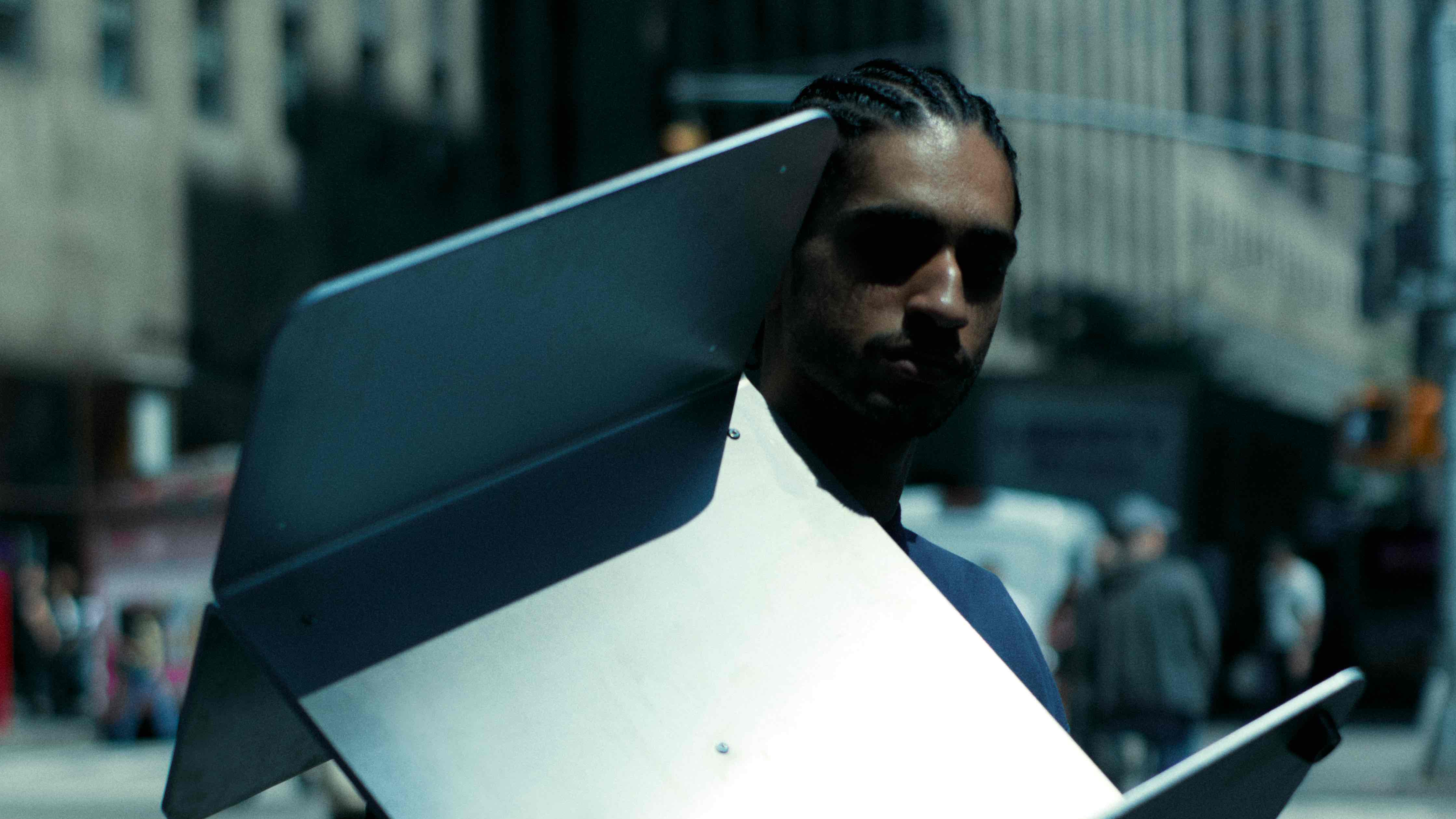 Meet Goodesign, the modular furniture studio with big dreams
Meet Goodesign, the modular furniture studio with big dreamsWallpaper* speaks to Emmanuel Popoteur, the self-taught designer behind New York’s Goodesign, a studio creating intuitive, adaptable furniture for modern living
-
 New furniture from Maiden Home elevates elemental materials through unique design
New furniture from Maiden Home elevates elemental materials through unique designFinely crafted and exquisitely formed, the New York furniture brand’s latest designs find their perfect showcase at a modernist Californian home
-
 Wallpaper* USA 400: The people shaping Creative America in 2025
Wallpaper* USA 400: The people shaping Creative America in 2025Our annual look at the talents defining the country’s creative landscape right now
-
 Workstead's lanterns combine the richness of silk with a warm glow
Workstead's lanterns combine the richness of silk with a warm glowAn otherworldly lamp collection, the Lantern series by Workstead features raw silk shades and nostalgic silhouettes in three designs
-
 Can creativity survive in the United States?
Can creativity survive in the United States?We asked three design powerhouses to weigh in on this political moment
-
 Murray Moss: 'We must stop the erosion of our 250-year-old American culture'
Murray Moss: 'We must stop the erosion of our 250-year-old American culture'Murray Moss, the founder of design gallery Moss and consultancy Moss Bureau, warns of cultural trauma in an authoritarian state
-
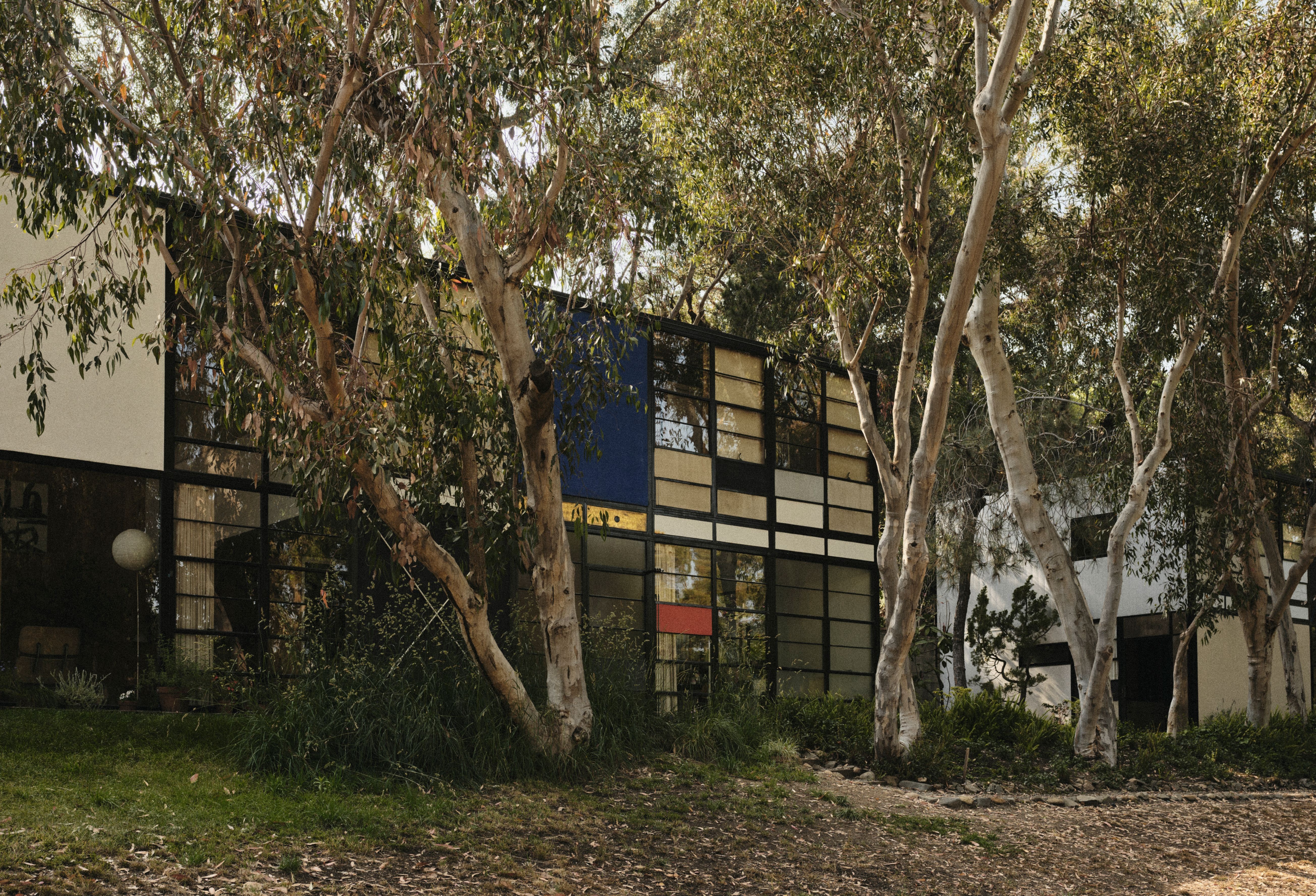 ‘You can feel their presence’: step inside the Eameses’ Pacific Palisades residence
‘You can feel their presence’: step inside the Eameses’ Pacific Palisades residenceCharles and Ray Eames’ descendants are exploring new ways to preserve the designers’ legacy, as the couple’s masterpiece Pacific Palisades residence reopens following the recent LA fires
-
 2025’s Wallpaper* US issue is on sale now, celebrating creative spirit in turbulent times
2025’s Wallpaper* US issue is on sale now, celebrating creative spirit in turbulent timesFrom a glitterball stilt suit to the Eames House, contemporary design to a century-old cocktail glass – the August 2025 US issue of Wallpaper* honours creativity that shines and endures. On newsstands now